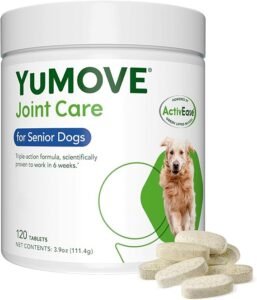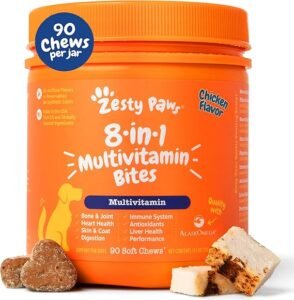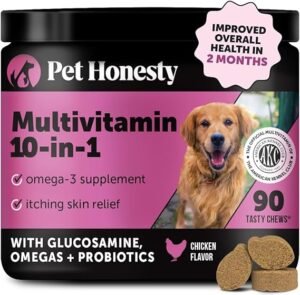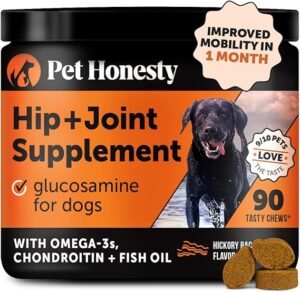Experts Nutritions
Dog Teeth: Care, Structure, Health

A Comprehensive Guide
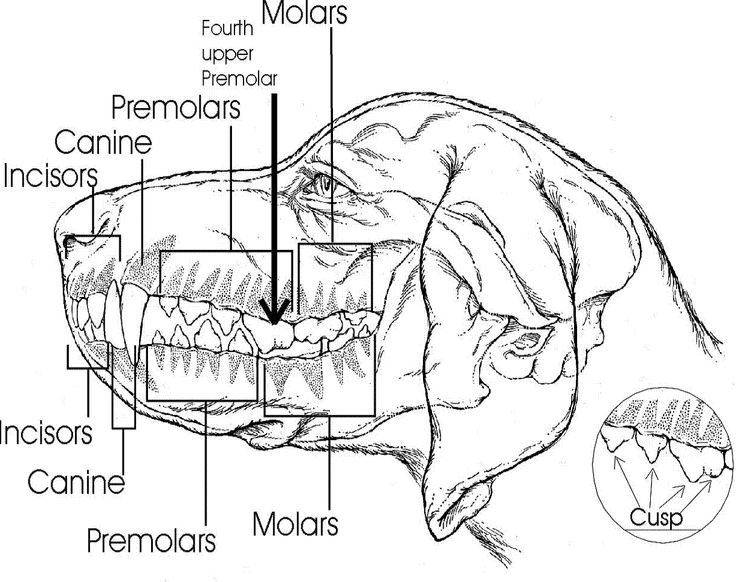
Dog Teeth: Dogs use their teeth for more than just eating. From chewing toys to carrying objects, their teeth are crucial for various activities. As a responsible pet owner, understanding the importance of your dog’s dental health can help ensure their overall well-being. In this article, we’ll cover the structure of dog teeth, common dental issues, and tips for maintaining optimal oral hygiene.
For more information regarding 4 seasonal cxcercieses of all dog breeds recommended by the doctors and experts,you can visit our youtube channel:
https://www.youtube.com/@Dogsreaders
The Structure of Dog Teeth
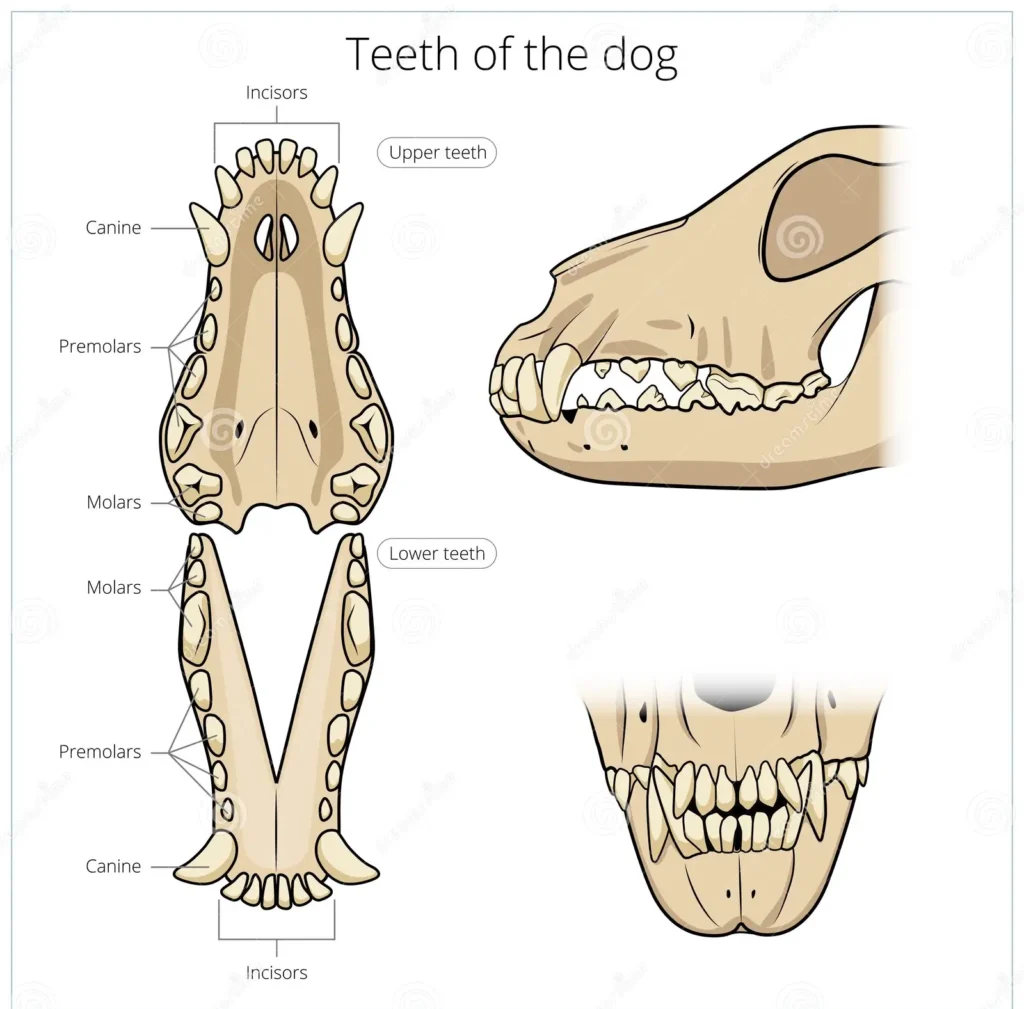
Dogs have a total of 42 teeth as adults, divided into incisors, canines, premolars, and molars. Here’s how these teeth function:
- Incisors (12 teeth):
- These are the small teeth at the front of the mouth. Dogs use them for nibbling and grooming.
- Canines (4 teeth):
- The sharp, pointed teeth next to the incisors are used for tearing and gripping.
- Premolars (16 teeth):
- Located behind the canines, premolars are used for chewing and shearing food.
- Molars (10 teeth):
- Found at the back of the mouth, molars are essential for grinding food.
Puppies, on the other hand, have 28 baby teeth that begin to erupt around 3 weeks of age and are eventually replaced by permanent teeth by 6 months.
Common Dental Issues in Dogs
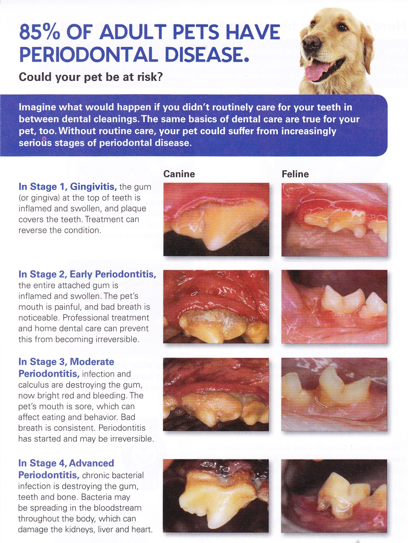
Without proper care, dogs can experience various dental problems. Here are the most common issues:
- Plaque and Tartar Build-Up:
- Periodontal Disease:
- Advanced gum disease caused by untreated tartar, leading to pain, tooth loss, and infections.
- Broken Teeth:
- Dogs can break teeth while chewing on hard objects like bones or toys.
- Tooth Abscesses:
- Infections at the root of a tooth can cause swelling, pain, and difficulty eating.
- Retained Baby Teeth:
- Some puppies retain baby teeth, which can lead to overcrowding and misalignment.
Signs of Dental Problems in Dogs
Keep an eye out for these symptoms, which may indicate dental issues:
- Bad breath
- Red, swollen, or bleeding gums
- Difficulty chewing or loss of appetite
- Yellow or brown tartar on teeth
- Drooling excessively
- Pawing at the mouth
If you notice any of these signs, consult your veterinarian for a dental check-up.
How to Care for Your Dog’s Teeth
- Regular Brushing:
- Brush your dog’s teeth daily using dog-specific toothpaste and a soft toothbrush.
- Dental Treats and Chews:
- Provide dental chews that help reduce plaque and tartar.
- Healthy Diet:
- Feed your dog a balanced diet to support overall oral health.
- Professional Cleanings:
- Schedule annual dental cleanings with your veterinarian.
- Chew Toys:
- Offer toys designed to promote dental health by cleaning teeth and massaging gums.
- Water Additives:
- Use veterinarian-approved water additives to reduce plaque and freshen breath.
FAQs: Dog Teeth
| How often should I brush my dog’s teeth?
It’s recommended to brush your dog’s teeth daily. If that’s not possible, aim for at least 2-3 times a week.
| Can I use human toothpaste for my dog?
No, human toothpaste contains ingredients like fluoride and xylitol, which are toxic to dogs. Always use toothpaste formulated for pets.
| Are dental chews effective?
Yes, dental chews can help reduce plaque and tartar build-up, but they should not replace regular brushing and professional cleanings.
| What should I do if my dog has bad breath?
Bad breath can indicate dental problems. Check for signs of gum disease or tartar and consult your vet for an evaluation.
| When should I start dental care for my puppy?
Start dental care as soon as your puppy’s teeth erupt. Begin with gentle brushing and introduce dental toys early.
Closing Statement
Taking care of your dog’s teeth is essential for their overall health. Regular brushing, a healthy diet, and professional cleanings can prevent dental issues and ensure your dog remains happy and pain-free. By prioritizing your dog’s oral hygiene, you’ll not only keep their smile bright but also extend their quality of life.
If you’re concerned about your dog’s dental health, don’t hesitate to consult your veterinarian for personalized advice and treatment options.
Dog Teeth Diagram

Dog Teeth Diagram Picture
Latest Research on Dog Teeth
Recent studies and advancements have shed light on improving our understanding of canine dental health. Here are some key findings:
Link Between Oral and Systemic Health:
Research has confirmed a strong connection between oral health and overall health in dogs. Chronic periodontal disease has been linked to systemic issues like heart disease, kidney problems, and liver conditions. This highlights the importance of routine dental care not only for oral hygiene but for your dog’s general well-being.
Impact of Diet on Dental Health:
A 2024 study published in the Journal of Veterinary Dentistry explored the role of diet in maintaining dental health. It found that feeding dogs a combination of dry kibble and raw vegetables significantly reduced plaque and tartar build-up compared to wet food diets.
Innovations in Dental Products:
Recent innovations in dental chews and toothpaste formulations include enzymatic and probiotic components. These ingredients actively break down plaque and promote healthy oral flora, providing a more effective approach to at-home dental care.
3D Imaging for Dental Diagnostics:
Veterinary clinics are increasingly adopting 3D imaging technology to better assess dental conditions. This technology allows for detailed visualization of tooth roots and jawbone structure, enabling early detection of issues such as fractures or abscesses.
The Role of Genetics in Dental Health:
Studies have shown that certain breeds, such as brachycephalic dogs (e.g., Bulldogs and Pugs), are genetically predisposed to dental problems due to their jaw structure. This has led to more breed-specific recommendations for preventive care.
Dog Teeth Chart
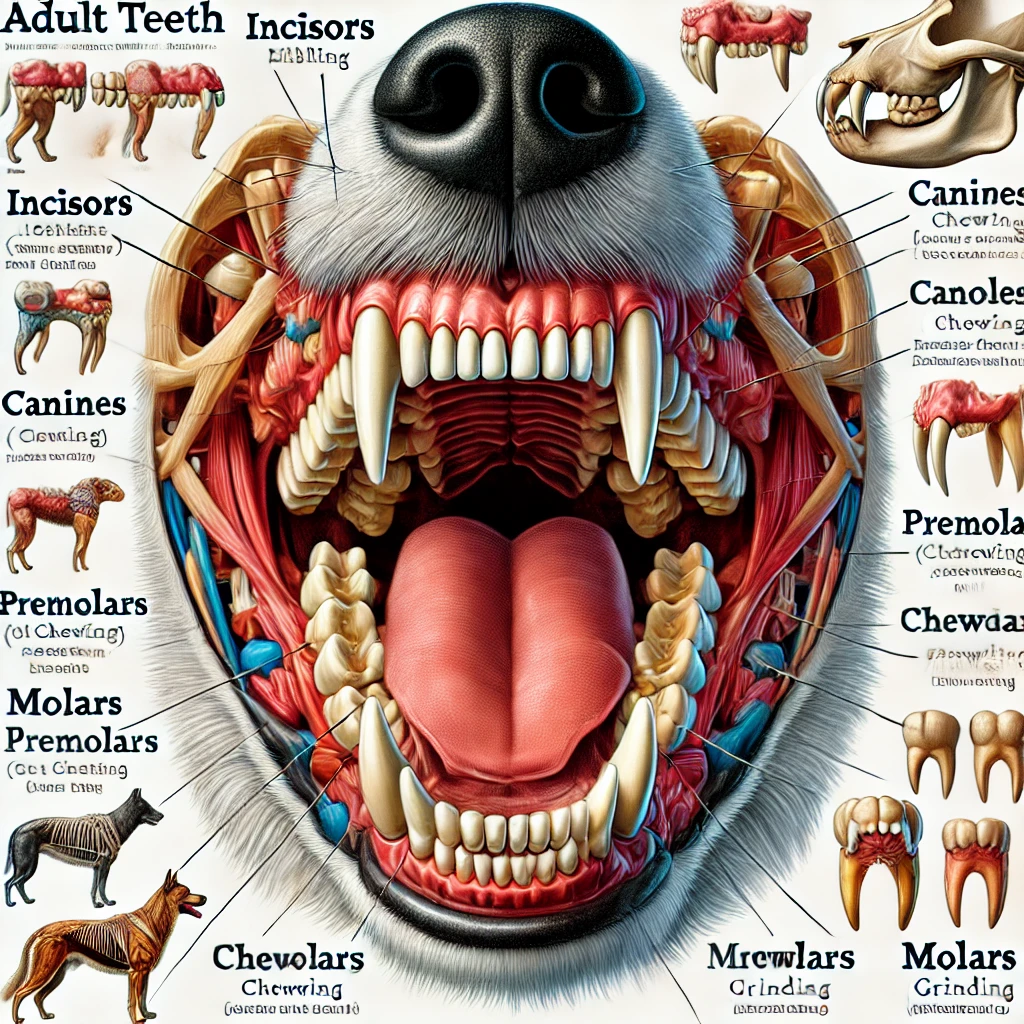
Here is a detailed educational chart of a dog’s teeth with labeled incisors, canines, premolars, and molars for easy identification.
Dog Canine Teeth
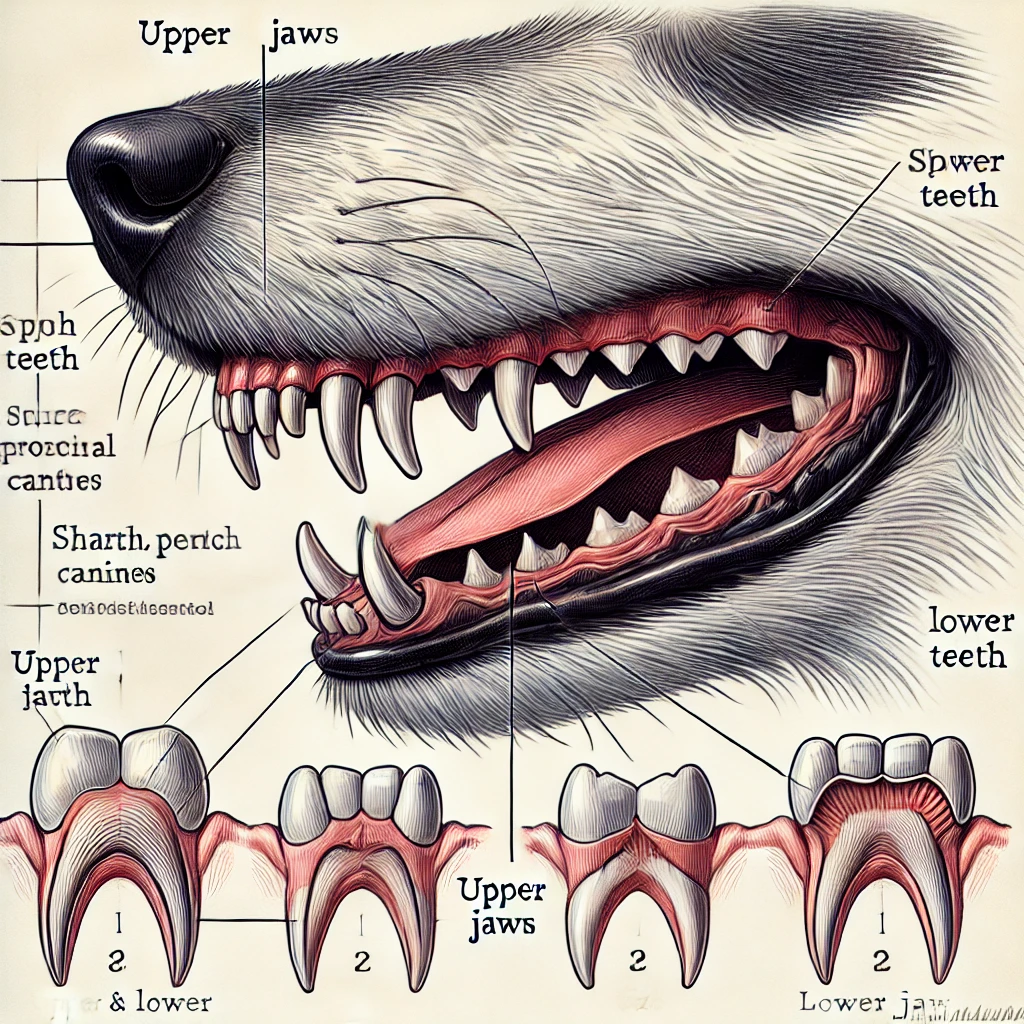
Description of Dog Canine Teeth
Dog canine teeth are the sharp, pointed teeth located next to the incisors in both the upper and lower jaws. They play a vital role in a dog’s daily life, aiding in tearing food, gripping objects, and even serving as tools for defense. These teeth are longer and more prominent than other teeth, designed to penetrate and hold onto items effectively.
In adult dogs, there are four canine teeth — two in the upper jaw and two in the lower jaw. Canines are deeply rooted in the jawbone, providing them with the strength needed for their functional purposes. Puppies also develop baby canine teeth, which are replaced by permanent ones around six months of age.
Key Features of Dog Canine Teeth:

- Structure: Sharp, conical shape for piercing and gripping.
- Function: Essential for tearing food, carrying objects, and self-defense.
- Placement: Found at the corners of the mouth, flanking the incisors.
Proper care of canine teeth is crucial, as damage or decay can lead to difficulty eating and discomfort. Regular dental check-ups, brushing, and appropriate chew toys help maintain the health of these critical teeth.
How Strong Are Dogs’ Teeth?
Dogs’ teeth are impressively strong, designed to handle a variety of tasks, from chewing tough food to carrying heavy objects. Here are some facts and insights into their strength:
Example Picture
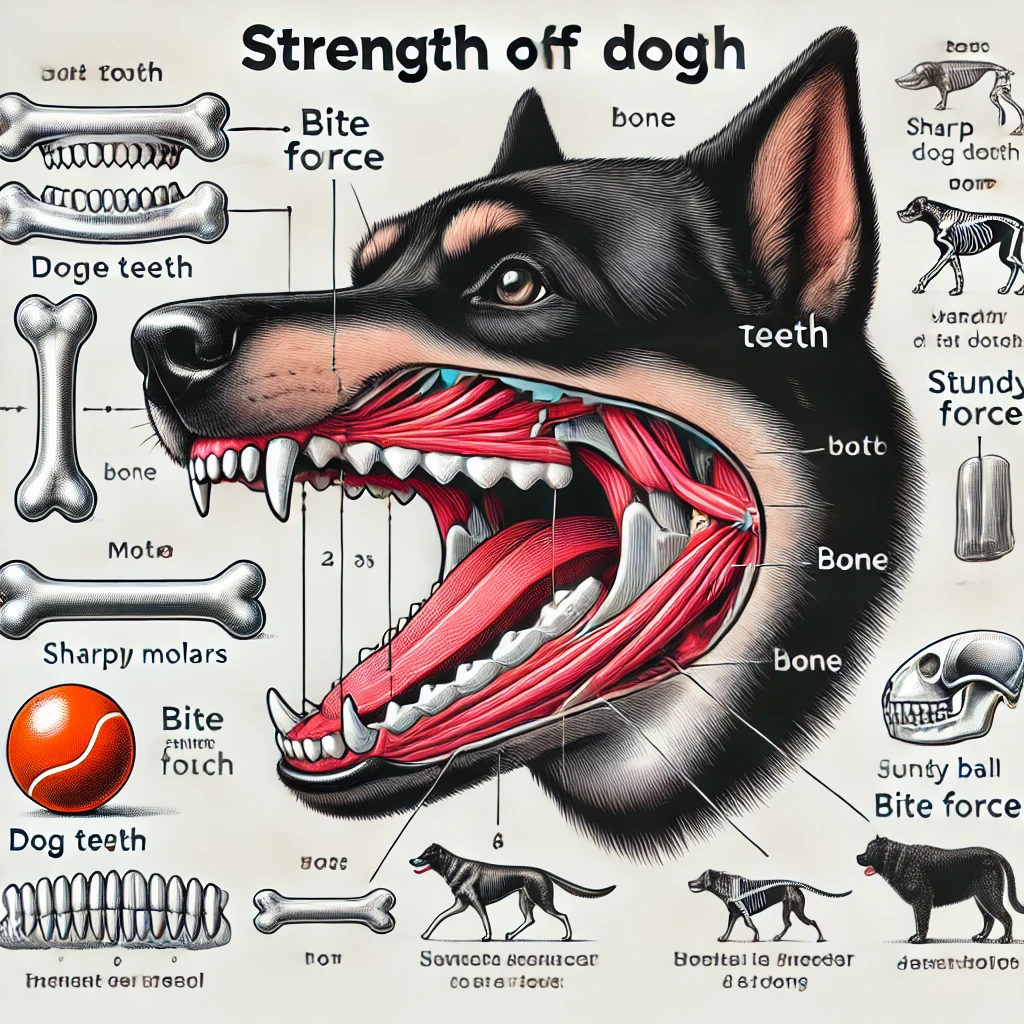
- Bite Force:
The bite force of dogs varies by breed but typically ranges from 150 to 450 pounds per square inch (PSI). For comparison, the average human bite force is around 120 PSI. Breeds like Rottweilers and Mastiffs can reach bite forces exceeding 700 PSI, showcasing the incredible power of their teeth and jaws.
- Durability:
Dog teeth, particularly the canines and molars, are built to withstand significant pressure. Canines are sharp and pointed for tearing, while molars are flat and strong for grinding. Despite their durability, chewing on excessively hard objects like bones or rocks can lead to fractures or wear.
- Adaptability:
Dogs’ teeth are highly adaptable for their omnivorous diet. Canines are designed for gripping and tearing meat, while molars and premolars handle grinding plant material or kibble. This versatility highlights the evolutionary strength of their dental anatomy.
- Dental Enamel:
While dogs’ enamel is thinner than humans’, it is still strong enough to protect their teeth under normal circumstances. However, it is not invincible and can wear down over time without proper care.
- Factors That Affect Strength:
-
- Diet: Hard kibble or raw bones can help maintain strong teeth by reducing plaque.
- Health: Periodontal disease or poor oral hygiene weakens teeth over time.
- Age: As dogs age, their teeth may become more brittle and prone to damage.
Maintaining Healthy and Strong Teeth
To keep your dog’s teeth strong and functional:
- Provide dental chews and toys designed for cleaning teeth.
- Avoid giving them overly hard objects to chew on, such as cooked bones or stones.
- Schedule regular dental check-ups to identify and treat issues early.
Dogs’ teeth are one of their greatest tools, so keeping them in good condition is vital for their overall health and quality of life.
Dog Teeth Names and Their Roles
Understanding the names and functions of your dog’s teeth is essential for providing proper dental care. Here’s a breakdown:
Example Picture
Here is a detailed and labeled diagram of a dog’s teeth, showcasing the names and positions of incisors, canines, premolars, and molars. This illustration is designed for educational or veterinary purposes.
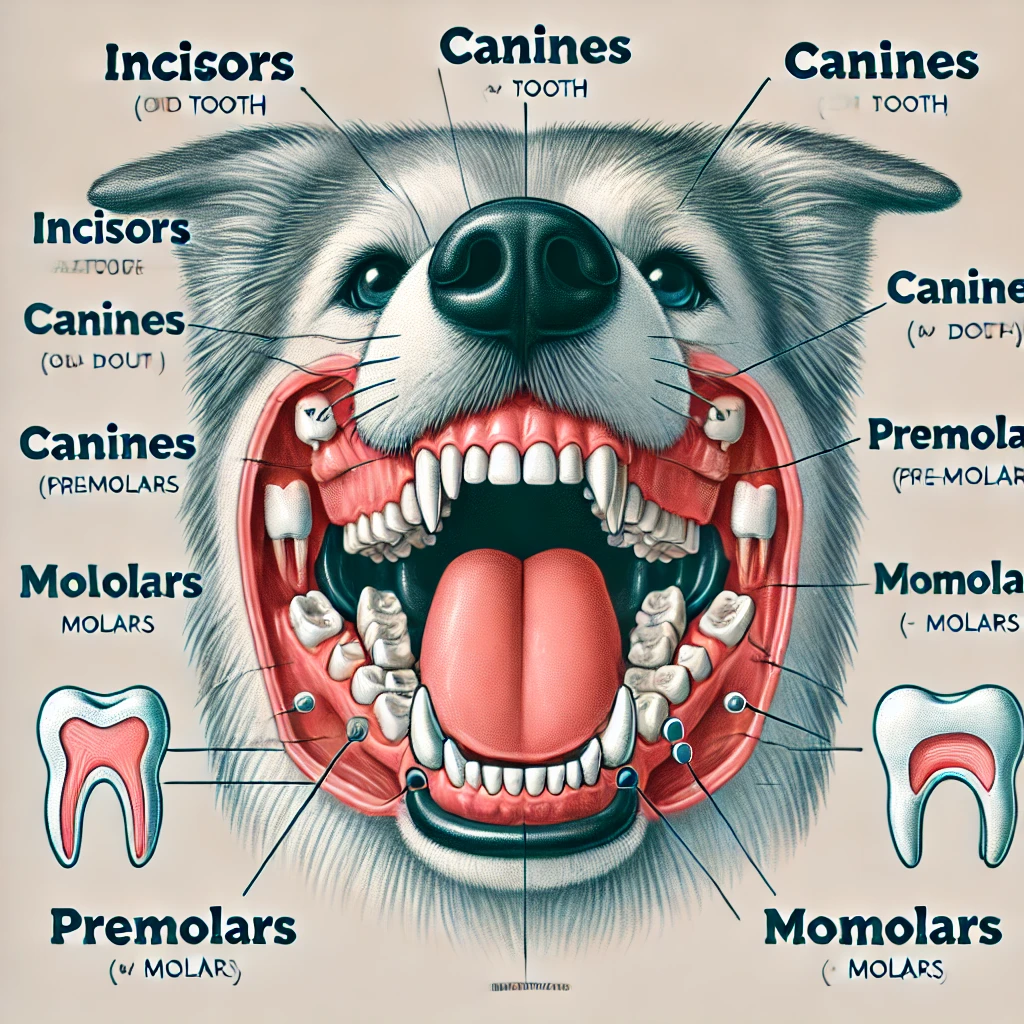
- Incisors
-
Location: Front of the mouth (12 teeth – 6 on the top and 6 on the bottom).
- Function: Used for nibbling, grooming, and gently grasping objects.
-
- Canines
-
Location: Located next to the incisors, 4 in total (2 on the top, 2 on the bottom).
- Function: Sharp and pointed, canines are used for tearing food and gripping items securely.
-
-
Premolars
- Location: Behind the canines, 16 in total (8 on the top and 8 on the bottom).
- Function: Designed for chewing, shredding, and shearing food.
-
Molars
- Location: Found at the very back of the mouth, 10 in total (4 on the top, 6 on the bottom).
- Function: Used for grinding and crushing food, especially harder substances.
Each type of tooth plays a unique role in your dog’s daily life, whether it’s chewing, eating, or playing. If you’d like this content integrated into your current document, let me know!
How Many Teeth Do Dogs Have?
Here is a detailed and labeled diagram showing the total number of teeth in a dog, including the categories of incisors, canines, premolars, and molars.
Example Picture
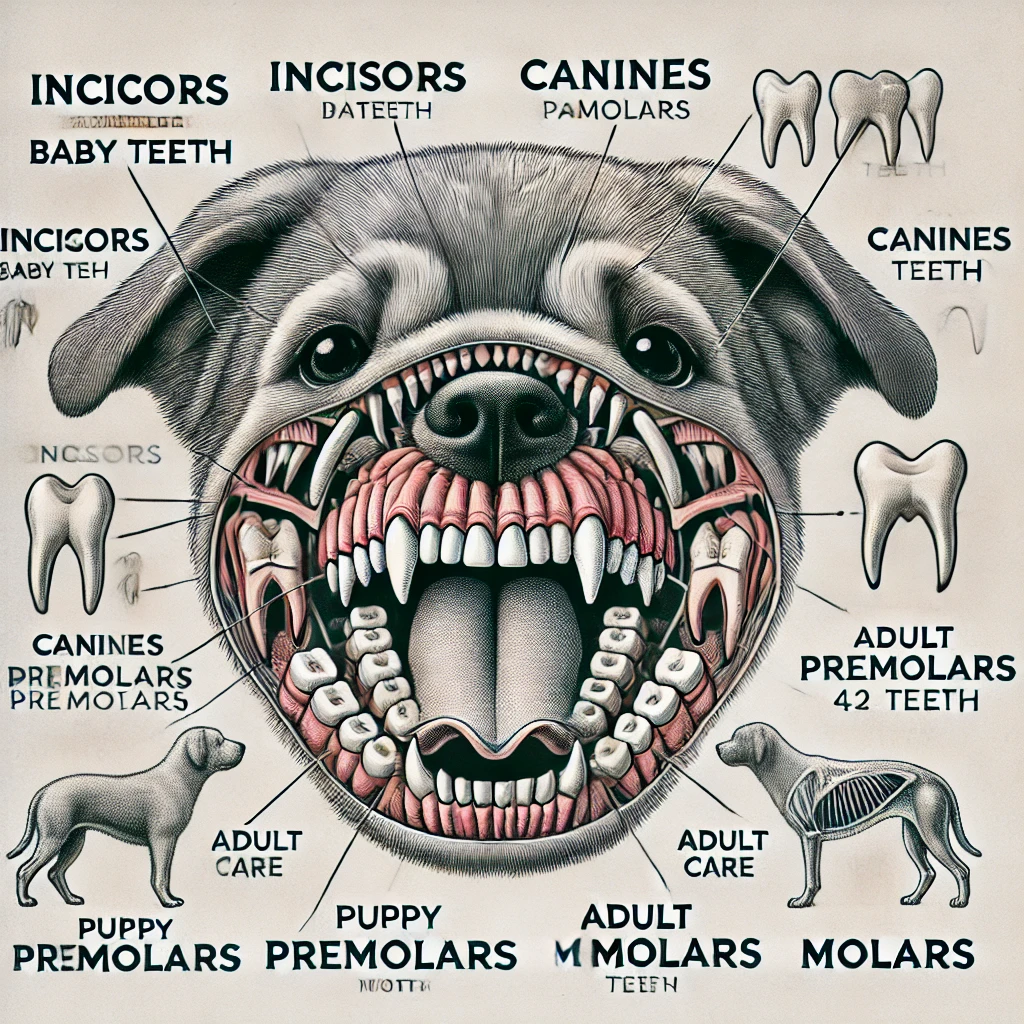
Dogs have a total of 42 permanent teeth as adults. These teeth are categorized into four types, each serving specific purposes:
- Incisors (12 teeth): Located at the front, used for nibbling and grooming.
- Canines (4 teeth): Sharp and pointed, designed for tearing and gripping.
- Premolars (16 teeth): Found behind the canines, used for chewing and shearing.
- Molars (10 teeth): Located at the back of the mouth, essential for grinding food.
Puppy Teeth (Baby Teeth):
Puppies are born without teeth, but they develop 28 baby teeth by the time they are 3-6 weeks old. These are smaller and temporary, eventually replaced by permanent teeth by 6 months of age.
Proper care and regular check-ups ensure that both puppy and adult teeth remain healthy and functional throughout a dog’s life.
Do Puppies Lose Their Canine Teeth?
Yes, puppies do lose their canine teeth as part of their natural teething process. Puppies are born without teeth, but their 28 baby teeth (also called deciduous teeth) begin to emerge around 3-6 weeks of age. These include small, sharp canines that help them explore their world.
Between 4 to 6 months of age, puppies start losing their baby teeth, including the canines, as permanent teeth grow in to replace them. This transition period is an important part of a dog’s development, and it’s common to observe the following signs:
- Increased chewing on toys or furniture to soothe discomfort.
- Mild gum bleeding when teeth are loose or fall out.
- Visible gaps as baby teeth fall out and new teeth grow.
By the time a dog reaches 6-8 months of age, they typically have a full set of 42 adult teeth, including permanent canines.
Care During the Teething Phase
- Provide Chew Toys: Offer safe and soft chew toys to help relieve teething discomfort.
- Monitor Dental Health: Check for retained baby teeth, which can cause crowding or misalignment.
- Vet Check-Ups: If baby teeth don’t fall out naturally, a veterinarian may need to extract them to prevent future dental issues.
Healthy permanent canines are crucial for chewing, gripping, and tearing, so proper care during the teething phase ensures long-term dental health.
Experts Nutritions
Homemade Dog Food Recipes: Breeds Specific
Experts Nutritions
Top Dog Training Trends: The Ultimate Guide for Every Breed and Life Stages

Introduction: The Future of Dog Training

Top Dog Training Trends: Dog training is evolving faster than ever, with new techniques emerging that cater to different breeds and life stages. In 2025, training is not just about teaching commands but enhancing mental agility, physical health, and overall well-being. This guide breaks down the latest trends by breed size and type, ensuring every dog owner has the right tools for effective training. From puppies to seniors, this is your go-to resource for modern dog training.
Training Steps for All Dog Life Stages

Puppy Training (8 Weeks – 6 Months)
- House Training & Crate Training – Use a consistent schedule for potty breaks.
- Basic Commands – Teach ‘sit,’ ‘stay,’ and ‘come‘ using positive reinforcement.
- Leash Training – Introduce a harness and practice loose-leash walking.
- Socialization – Expose puppies to different people, environments, and sounds.
- Bite Inhibition – Teach controlled play by redirecting biting behavior.
Adult Dog Training (6 Months – 7 Years)

- Advanced Obedience – Reinforce commands with distractions.
- Agility Training – Engage dogs in obstacle courses to improve fitness.
- Impulse Control – Use ‘wait’ and ‘leave it’ commands to manage energy levels.
- Off-Leash Reliability – Practice recall training in a secure environment.
- Behavioral Corrections – Address issues like jumping, excessive barking, or chewing.
Senior Dog Training (7+ Years)

- Gentle Exercises – Short walks and swimming maintain joint health.
- Mental Stimulation – Puzzle toys and new tricks keep cognitive function sharp.
- Reinforced Basic Commands – Maintain training consistency for safety.
- Pain Awareness – Modify training if arthritis or stiffness is present.
- Slow-Paced Training Sessions – Adjust sessions to accommodate reduced energy levels.
Small Dog Breeds Training (Chihuahua, Pomeranian, Dachshund, Maltese.)

Time Limits & Training Focus:
- Puppies (8-16 weeks): 5–10 minutes per session, 3-4 times a day.
- Adults (1-7 years): 10–15 minutes per session, 2-3 times a day.
- Seniors (8+ years): 5–10 minutes per session, focusing on mental stimulation.
Trending Training Methods:
- Tiny Trick Training – Teaching fun tricks like spinning and paw shakes boosts confidence.
- Balance & Core Strength Exercises – Helps prevent injury in delicate breeds.
- Adaptive Smart Toy Training – AI-powered interactive toys reinforce learning.
- Positive Socialization Training – Helps small breeds overcome fearfulness.
Essential Diet Table:
| Nutrient | Small Dogs (Daily) |
|---|---|
| Water | ½ – 1 cup |
| Protein | 25-30% of diet |
| Carbohydrates | 40-50% of diet |
| Healthy Fats | 10-15% of diet |
| Vitamins & Supplements | Omega-3, glucosamine,
|
Medium Dog Breeds Training (Border Collie, Cocker Spaniel, Beagle, Bulldog.)
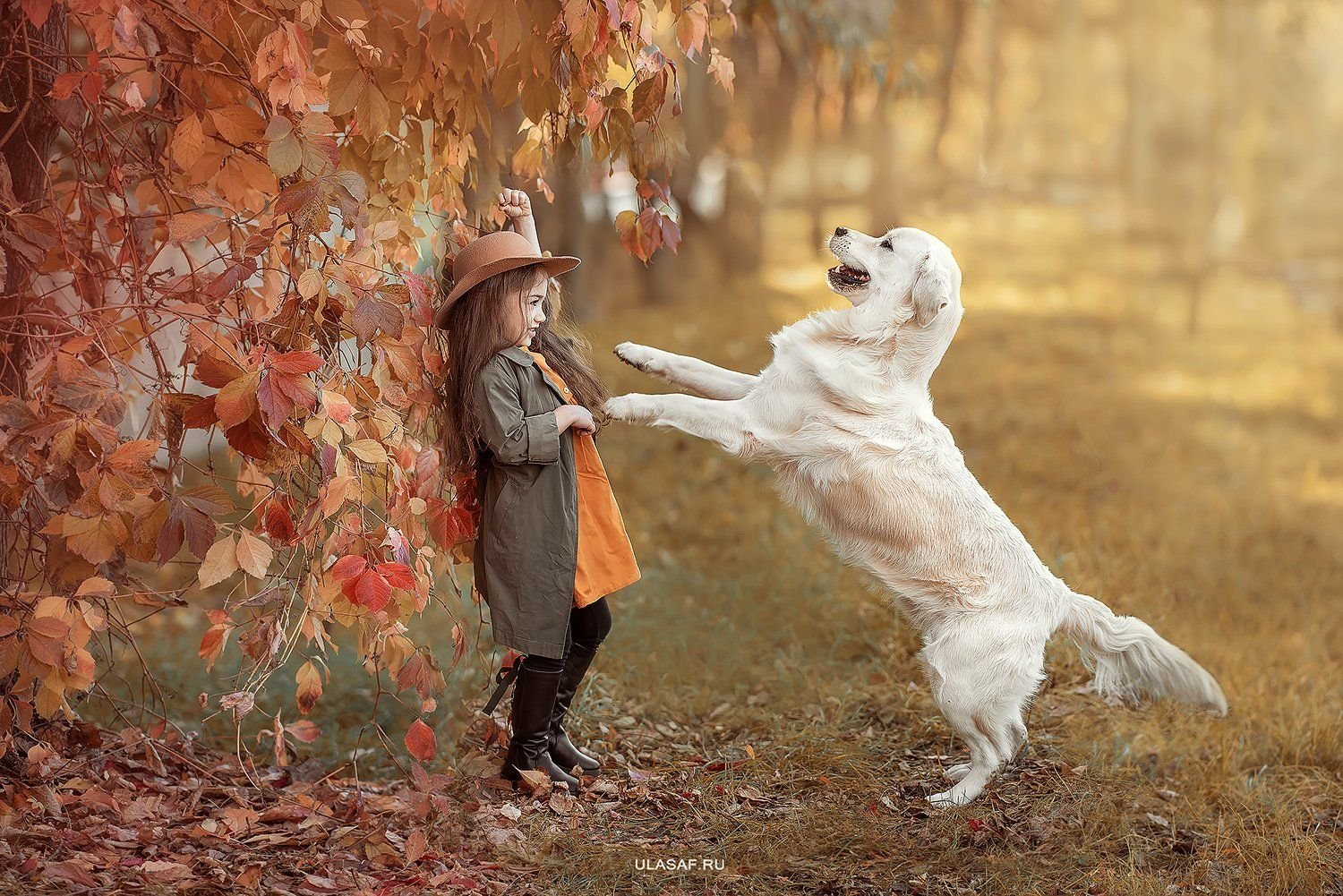
Time Limits & Training Focus:
- Puppies: 10–15 minutes per session, 3 times a day.
- Adults: 15–20 minutes per session, 2 times a day.
- Seniors: 10–15 minutes per session, focusing on gentle movement and scent work.
Trending Training Methods:
- Precision Recall Training – Uses AI tracking collars for off-leash safety.
- Agility & Focus Courses – Enhances coordination and impulse control.
- Scent-Based Mental Stimulation – Tapping into natural tracking instincts.
- Clicker Training 2.0 – A refined version using VR cues for faster responses.
Essential Diet Table:
| Nutrient | Medium Dogs (Daily) |
| Water | 1 – 2 cups |
| Protein | 22-27% of diet |
| Carbohydrates | 35-45% of diet |
| Healthy Fats | 10-12% of diet |
| Vitamins & Supplements | Chondroitin, antioxidants,
|
Large Dog Breeds Training (Labrador, Golden Retriever, German Shepherd, Doberman, etc.)

Time Limits & Training Focus:
- Puppies: 15–20 minutes per session, 2-3 times a day.
- Adults: 20–30 minutes per session, 2 times a day.
- Seniors: 10–20 minutes per session, focusing on mobility and cognitive function.
Trending Training Methods:
- Strength & Endurance Training – Using resistance bands for muscle health.
- Canine Cognitive Tasks – Teaching problem-solving for mental sharpness.
- Advanced Obedience & Guard Training – Combining voice and hand signals.
- Emotional Support & Therapy Dog Prep – Developing calmness and empathy.
Essential Diet Table:
| Nutrient | Large/Giant Dogs (Daily) |
| Water | 2 – 4 cups |
| Protein | 20-25% of diet |
| Carbohydrates | 30-40% of diet |
| Healthy Fats | 8-10% of diet |
| Vitamins & Supplements | Glucosamine, chondroitin,
|
Giant Dog Breeds Training (Great Dane, Mastiff, Saint Bernard, Newfoundland, etc.)

Time Limits & Training Focus:
- Puppies: 10–15 minutes per session, 2 times a day.
- Adults: 15–25 minutes per session, 1-2 times a day.
- Seniors: 10–15 minutes per session, focusing on joint-friendly activities.
Trending Training Methods:
- Low-Impact Strength Training – Prevents joint strain while maintaining muscle.
- Confidence Building – Overcoming fear in large but gentle breeds.
- Hydrotherapy Training – Improves endurance and reduces injury risk.
- Slow-Paced Agility – Modified agility courses for body control.
Essential Diet Table:
| Nutrient | Working/Hound Dogs (Daily) |
| Water | 2 – 3 cups |
| Protein | 26-32% of diet |
| Carbohydrates | 30-35% of diet |
| Healthy Fats | 12-15% of diet |
| Vitamins & Supplements | Omega-3, glucosamine,
|
Working Dog Breeds Training (Husky, Malinois, Rottweiler, Boxer, etc.)
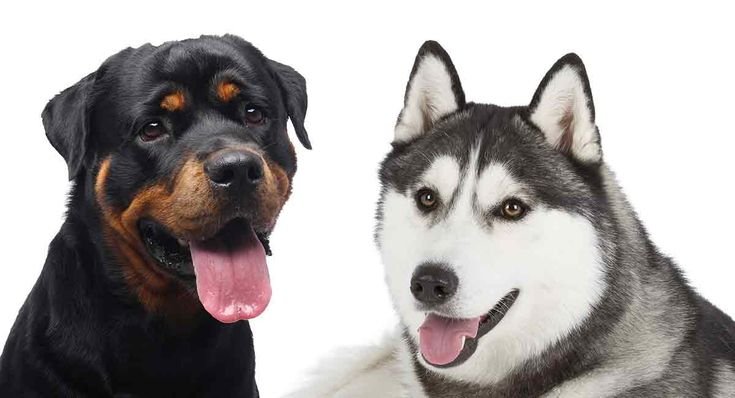
Time Limits & Training Focus:
- Puppies: 15–20 minutes per session, 3 times a day.
- Adults: 30–40 minutes per session, 2 times a day.
- Seniors: 20–30 minutes per session, focusing on controlled movement.
Trending Training Methods:
- Tactical Obedience – Military-grade training for control and reliability.
- Energy Regulation Workouts – Managing hyperactivity through structured play.
- Advanced Tracking & Detection – Strengthening problem-solving skills.
- Cross-Sport Training – Combining agility, obedience, and endurance activities.
Essential Diet Table:
| Nutrient | Large/Giant Dogs (Daily) |
| Water | 2 – 4 cups |
| Protein | 20-25% of diet |
| Carbohydrates | 30-40% of diet |
| Healthy Fats | 8-10% of diet |
| Vitamins & Supplements | Glucosamine, chondroitin, probiotics |
Hound Dog Breeds Training (Beagle, Bloodhound, Greyhound, Afghan Hound, etc.)

Time Limits & Training Focus:
- Puppies: 10–15 minutes per session, 3 times a day.
- Adults: 15–25 minutes per session, 2 times a day.
- Seniors: 10–15 minutes per session, focusing on mental stimulation.
Trending Training Methods:
- Trail & Urban Tracking – Developing scent work in various environments.
- Long-Distance Recall Training – Enhancing recall reliability over long distances.
-
Cardio Endurance Runs – Structured running plans for stamina.
-
Scented Puzzle Training – Using scented toys to reinforce problem-solving.
Essential Diet Table:
| Nutrient | Large/Giant Dogs (Daily) |
| Water | 2 – 4 cups |
| Protein | 20-25% of diet |
| Carbohydrates | 30-40% of diet |
| Healthy Fats | 8-10% of diet |
| Vitamins & Supplements | Glucosamine, chondroitin, probiotics |
Terrier Dog Breeds Training (Jack Russell, Bull Terrier, Airedale, Scottish Terrier, etc.)

Time Limits & Training Focus:
- Puppies: 5–10 minutes per session, 3-4 times a day.
-
Adults: 15 minutes per session, 2-3 times a day.
-
Seniors: 10 minutes per session, focusing on softer activities.
Trending Training Methods:
- Structured Digging Areas – Providing controlled outlets for natural digging instincts.
-
Quick Reflex Agility – Enhancing fast movements and reactions.
-
Tug-of-War Regulation – Teaching bite inhibition and control.
-
Puzzle & Reward Training – Increasing focus through interactive problem-solving.
Essential Diet Table:
| Nutrient | Working/Hound Dogs (Daily) |
| Water | 2 – 3 cups |
| Protein | 26-32% of diet |
| Carbohydrates | 30-35% of diet |
| Healthy Fats | 12-15% of diet |
| Vitamins & Supplements | Omega-3, glucosamine,
|
Closing Statement: Elevate Your Dog’s Training
Training in 2025 is not just about commands—it’s about enhancing your dog’s life through modern, breed-specific methods. Whether you have a tiny Chihuahua or a massive Great Dane, these trends will boost intelligence, obedience, and overall happiness. Start incorporating these techniques today and watch your dog thrive like never before!
🚀 Stay updated with DogsReader for more expert training guides and the latest canine trends! 🐶
Top Dog Training Trends: The Ultimate Guide – Detailed FAQs
1. What are the key dog training trends
Modern training focuses on:
Breed-specific techniques (Agility for Border Collies, scent work for Beagles)
Tech integration (AI collars, VR clicker training, smart toys)
Mental stimulation (Puzzle games, cognitive tasks)
Lifestyle adaptation (Senior-friendly exercises, puppy socialization)
2. How long should training sessions be for puppies vs. adult dogs?
| Life Stage | Session Length | Frequency |
|---|---|---|
| Puppies (8 wks-6 mos) | 5-15 mins | 3-4x daily |
| Adults (6 mos-7 yrs) | 15-30 mins | 2x daily |
| Seniors (7+ yrs) | 5-15 mins | 1-2x daily |
Pro Tip: Keep sessions short to avoid frustration!
3. What’s the best way to train small breeds like Chihuahuas?
- Tiny Trick Training: Teach spins, paw shakes.
- Socialization: Prevent “small dog syndrome” with positive exposure.
- Core Exercises: Use balance pads to avoid injuries.
- Smart Toys: Interactive games reinforce commands.
Avoid: Overloading with complex tasks—small breeds have shorter attention spans.
4. How do I train a high–energy breed (e.g., Border Collie, Labrador)?
- Agility Courses (Weaves, jumps, tunnels)
- Precision Recall (Use GPS collars for off-leash safety)
- Scent Work (Hide treats or use tracking games)
- Advanced Obedience (Combine voice + hand signals)
Warning: Undertrained herding/working breeds may develop destructive habits.
5. What’s unique about training giant breeds (e.g., Mastiffs, Great Danes)?
- Strength Training: Resistance bands build muscle safely.
- Hydrotherapy: Low-impact swimming for joint health.
- Cognitive Challenges (Puzzle feeders, “find it” games)
- Early Leash Manners (Prevent pulling while they’re still manageable).
Diet Note: Giant breeds need glucosamine for joint support.
6. Can senior dogs learn new tricks?
✅ Yes! Focus on:
- Low-impact tricks (High-five, gentle spins)
- Puzzle toys (Slows cognitive decline)
- Reinforced basics (Ensures safety as mobility declines)
- Adjust for Pain: Use soft flooring and shorter sessions.
7. What tech tools are revolutionizing dog training?
- AI Collars (Track location & monitor behavior)
- VR Clickers (Visual + sound cues for faster learning)
- Interactive Smart Toys (Dispense treats for correct responses)
- Agility Apps (Design custom courses at home)
8. How does diet affect training success?
| Breed Size | Key Nutrients |
|---|---|
| Small | High protein (25-30%), omega-3s |
| Medium | Moderate protein (22-27%), antioxidants |
| Large/Giant | Joint supplements (glucosamine), lean proteins |
Tip: Feed 1-2 hours before training for optimal energy.
9. What are common training mistakes to avoid?
Inconsistency (Mixed commands confuse dogs)
Punishment-based methods (Increases anxiety)
Skipping socialization (Leads to fear/aggression)
Overtraining (Causes burnout—watch for fatigue signs)
10. Where can I find professional trainers using these trends?
- Certified trainers (Look for CCPDT or IAABC members)
- Breed-specific clubs (AKC affiliates for agility/herding)
- Online courses (Fenzi Dog Sports Academy, Udemy)
- Local vet recommendations (For behavior issues)
Experts Nutritions
Dog Diseases Around the World: Causes, Prevention & Solutions

Introduction

Dog Diseases Around the World: Dogs, like humans, are susceptible to various diseases, which can vary based on geographic location, climate, and prevalent pathogens. This article explores the most common diseases in puppies, adult, and senior dogs by country, their causes, prevention methods, common misconceptions, and why these illnesses are widespread among dogs.
Major Reasons for Dog Diseases
Several factors contribute to the prevalence of diseases in dogs worldwide. These include:
- Climate and Environmental Conditions:
- Regions with warm, humid climates foster mosquito populations, leading to diseases such as heartworm. Cold regions see higher cases of arthritis due to joint stress.
- Stray Dog Population:
- Countries with high numbers of stray dogs, such as India, experience frequent outbreaks of rabies and distemper due to lack of vaccination.
- Tick and Flea Infestation:
- Lyme disease is prevalent in regions with a high tick population, like the United States and Canada.
- Waterborne Contaminants:
- Leptospirosis thrives in areas with stagnant water, affecting dogs that drink from puddles or contaminated water sources.
- Urbanization and Socialization:
- High-density dog populations in cities contribute to the rapid spread of kennel cough and canine influenza.
- Poor Nutrition and Genetics:
- Some diseases, such as hypothyroidism and arthritis, are influenced by genetic predisposition and diet quality.
- Lack of Vaccination and Preventive Care:
- Many dog owners neglect regular veterinary check-ups, leading to higher disease susceptibility.
Major Diseases in Dogs by Country
United States
Canine Parvovirus (Parvo)
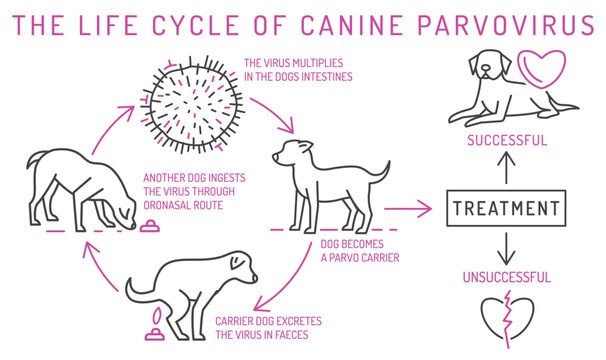
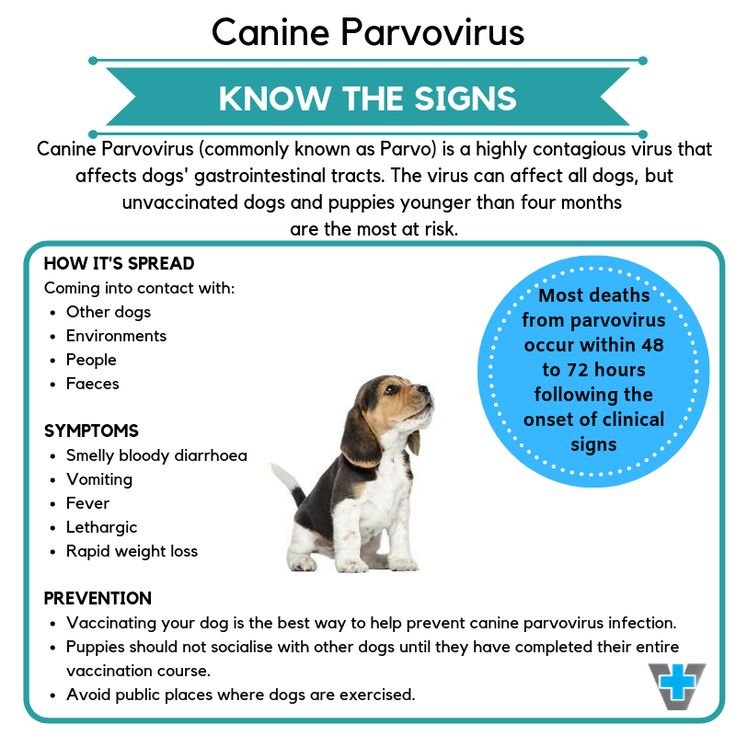
-
- Cause: Highly contagious viral infection.
- Prevention: Vaccination, sanitation, and isolation of infected dogs.
- Assumptions: Some believe only puppies get Parvo, but adult dogs can also be affected.
- Why common? Due to high dog population density and frequent interactions.
Lyme Disease

-
- Cause: Bacterial infection transmitted by ticks.
- Prevention: Tick control, regular veterinary check-ups, and vaccination.
- Assumptions: Many think city dogs are not at risk, but urban green spaces harbor ticks.
- Why common? High deer population contributes to tick prevalence.
United Kingdom
Leptospirosis

-
- Cause: Bacteria found in contaminated water.
- Prevention: Annual vaccinations, avoiding stagnant water sources.
- Assumptions: Misconception that only farm dogs are at risk.
- Why common? Rainy climate increases exposure to infected water.
Kennel Cough

-
- Cause: Viral and bacterial infection spread in dog communities.
- Prevention: Vaccination and avoiding exposure to infected dogs.
- Assumptions: Some believe it only affects dogs in kennels.
- Why common? High population of socialized pets and dog daycare centers.
Australia
Heatstroke


-
- Cause: High temperatures and humidity.
- Prevention: Hydration, avoiding excessive exercise in heat.
- Assumptions: Thick-coated dogs are the only ones at risk.
- Why common? Hot climate and lack of awareness about overheating in dogs.
Heartworm Disease

-
- Cause: Mosquito-borne parasite.
- Prevention: Monthly preventive medication.
- Assumptions: Dogs who stay indoors are safe.
- Why common? Warm climate with high mosquito activity.
India
Rabies
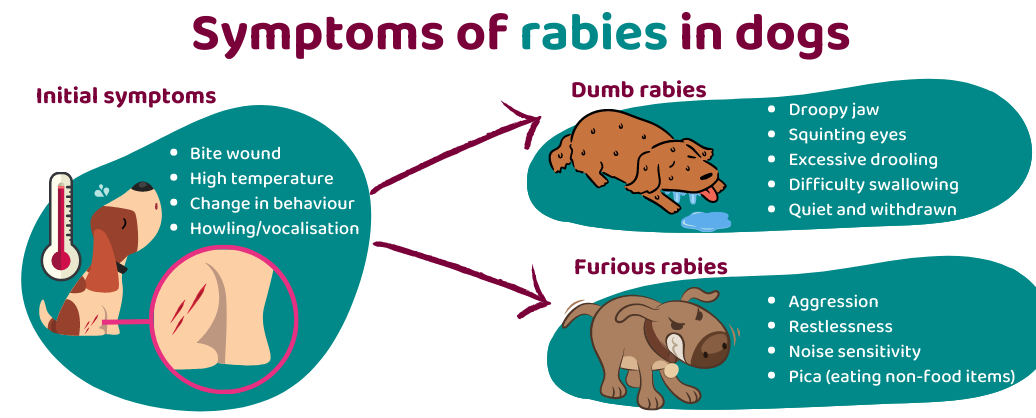
-
- Cause: Virus transmitted through bites of infected animals.
- Prevention: Vaccination and controlling stray dog populations.
- Assumptions: Only stray dogs get rabies.
- Why common? Large stray dog population and insufficient vaccination coverage.
Distemper

-
- Cause: Viral infection.
- Prevention: Vaccination and avoiding exposure to infected dogs.
- Assumptions: Many believe home dogs cannot get distemper.
- Why common? High density of stray and unvaccinated dogs.
Canada
Hypothyroidism

-
- Cause: Immune system attacking thyroid gland.
- Prevention: Regular check-ups and balanced diet.
- Assumptions: Only old dogs are affected.
- Why common? Genetic predisposition in certain breeds.
Arthritis
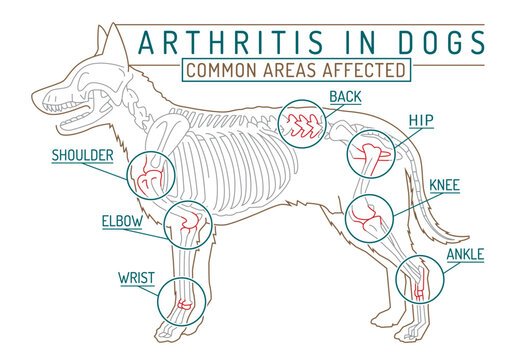
-
- Cause: Joint inflammation due to aging or injury.
- Prevention: Weight management and joint supplements.
- Assumptions: Only large breeds develop arthritis.
- Why common? Cold climate exacerbates joint pain.
Legal Arrangements for Dog Health Problems by Country
| Country | Legal Regulations & Arrangements |
|---|---|
| United States | Mandatory rabies vaccination, animal welfare acts, breed-specific laws |
| United Kingdom | Compulsory microchipping, Dangerous Dogs Act, strict breeding regulations |
| Australia | Strict quarantine laws, mandatory vaccinations, animal cruelty laws |
| India | Animal Birth Control (ABC) program, stray dog sterilization laws, rabies eradication campaigns |
| Canada | Provincial animal welfare laws, required vaccinations, and dog licensing |
Vaccinations by Country and Age Group
| Country | Puppies (Under 1 Year) | Adult Dogs (1-7 Years) | Senior Dogs (7+ Years) |
|---|---|---|---|
| United States | Rabies, Parvo, Distemper, Hepatitis, Bordetella | Rabies booster, Leptospirosis, Lyme, Bordetella | Rabies booster, Leptospirosis, Flu shot |
| United Kingdom | Leptospirosis, Kennel Cough, Parvo, Distemper | Leptospirosis booster, Rabies, Kennel Cough | Rabies booster, Leptospirosis, Flu shot |
| Australia | Parvo, Distemper, Hepatitis, Rabies (imported dogs) | Rabies booster, Leptospirosis, Parainfluenza | Rabies booster, Leptospirosis, Flu shot |
| India | Rabies, Parvo, Distemper, Leptospirosis | Rabies booster, Distemper booster, Leptospirosis | Rabies booster, Distemper, Leptospirosis |
| Canada | Rabies, Parvo, Distemper, Lyme, Bordetella | Rabies booster, Leptospirosis, Lyme, Bordetella | Rabies booster, Leptospirosis, Flu shot |
Recommended Supplements for Dogs by Age Group
| Supplement Name | Benefits | Puppies (Under 1 Year) | Adult Dogs (1-7 Years) | Senior Dogs (7+ Years) |
| Glucosamine & Chondroitin | Joint support & arthritis prevention | No | Occasionally | Yes |
| Omega-3 Fatty Acids | Skin, coat health, and anti-inflammatory | Yes | Yes | Yes |
| Probiotics | Gut health & digestion | Yes | Yes | Yes |
| Multivitamins | General health maintenance | Yes | Yes | Yes |
| CBD Oil or Hemp Oil
|
Pain relief & anxiety reduction | No | Occasionally | Yes |
Closing Statement
Understanding the major diseases that affect dogs in different countries helps pet owners take preventive measures. By ensuring proper vaccinations, using preventive treatments, and providing necessary supplements, dog owners can significantly improve their pet’s health and longevity. Always consult a veterinarian for personalized care and treatment options.
Frequently Asked Questions (FAQs)
Q1: What are the most common diseases in dogs worldwide?
The most common diseases in dogs globally include rabies, parvovirus, distemper, kennel cough, leptospirosis, Lyme disease, and heartworm. The prevalence of these diseases varies by country due to climate, stray dog populations, and veterinary care standards.
Q2: How often should I vaccinate my dog?
Puppies should receive core vaccinations starting at 6-8 weeks, with booster shots given at intervals recommended by veterinarians. Adult dogs need booster shots annually or every three years, depending on the vaccine. Senior dogs may require additional vaccinations for flu and leptospirosis.
Q3: Are certain breeds more prone to specific diseases?
Yes, some breeds are genetically predisposed to certain conditions. For example:
-
Large breeds ( German Shepherds) are prone to hip dysplasia.
-
Small breeds (Chihuahuas) may suffer from dental diseases.
-
Labrador Retrievers are more likely to develop obesity and arthritis.
Q4: How can I protect my dog from tick-borne diseases like Lyme disease?
Regular tick prevention using medications, collars, and spot-on treatments can reduce the risk of Lyme disease. Checking your dog for ticks after outdoor activities and maintaining a clean environment also help prevent tick infestations.
Q5: What is the best way to prevent heartworm disease in dogs?
Heartworm prevention involves monthly medications (oral or topical) and annual heartworm testing. Mosquito control in and around your home can also reduce the risk.
Q6: What are the symptoms of rabies in dogs?
Rabies symptoms include excessive drooling, aggression, difficulty swallowing, paralysis, and sudden behavioral changes. It is a fatal disease, so vaccination is crucial.
Q7: Can dogs get colds or flu like humans?
Yes, dogs can contract canine influenza (dog flu) and kennel cough, both of which cause coughing, sneezing, and fever. Vaccinations and limiting contact with infected dogs help prevent these illnesses.
Q8: How do I know if my senior dog has arthritis?
Symptoms of arthritis in dogs include stiffness, limping, difficulty standing up, reluctance to jump, and behavioral changes due to pain. Joint supplements like glucosamine and omega-3 fatty acids can help manage symptoms.
Q9: Are natural supplements effective for preventing dog diseases?
Some natural supplements, such as probiotics, omega-3 fatty acids, and glucosamine, support overall health and can prevent conditions like arthritis and digestive issues. However, they should be used alongside veterinary care, not as replacements for medical treatments.
Q10: What should I do if my dog shows symptoms of a serious disease?
If your dog exhibits symptoms such as vomiting, diarrhea, lethargy, difficulty breathing, or persistent coughing, seek immediate veterinary attention. Early diagnosis and treatment can save your pet’s life.
-

 SMALL DOG BREEDS5 months ago
SMALL DOG BREEDS5 months agoMerle Chihuahua: A Comprehensive Guide
-

 SMALL DOG BREEDS5 months ago
SMALL DOG BREEDS5 months agoMaltese: A Beloved Companion
-

 Large Breeds4 months ago
Large Breeds4 months agoSamoyeds Hypoallergenic: Closer Look at the Breed
-

 SMALL DOG BREEDS5 months ago
SMALL DOG BREEDS5 months agoMerle Pomeranian: A Adorable Companion
-

 Large Breeds4 months ago
Large Breeds4 months agoStandard Poodle Weight: Country Wise
-

 MEDIUM BREEDS4 months ago
MEDIUM BREEDS4 months agoAmerican Water Spaniel Colors Chocolate In Crcols:
-

 SMALL DOG BREEDS5 months ago
SMALL DOG BREEDS5 months agoYorkshire Terrier: a Big Personality
-

 Terrier Breeds3 months ago
Terrier Breeds3 months agoDog Breeds: by Country & Category


















